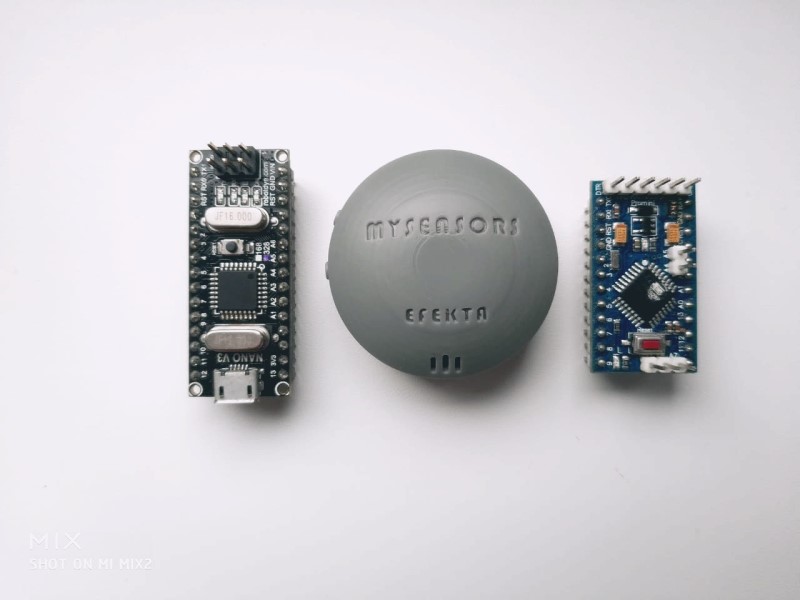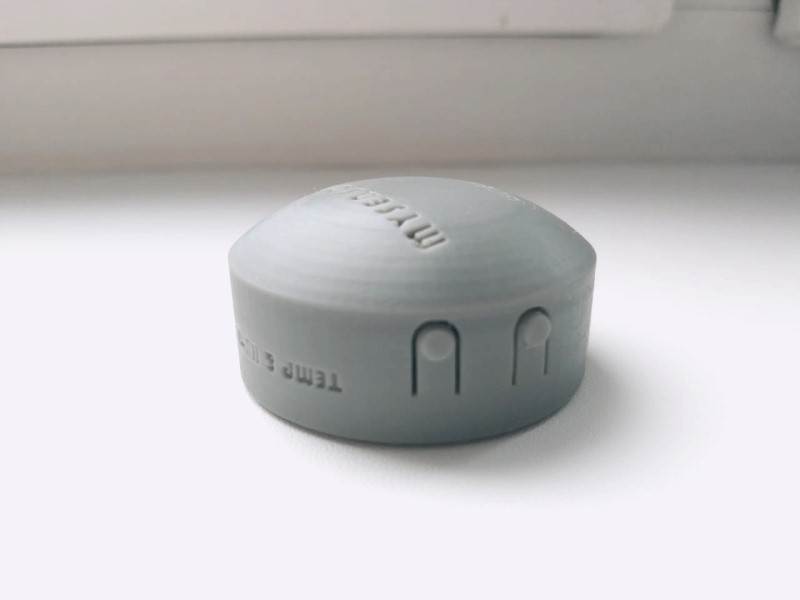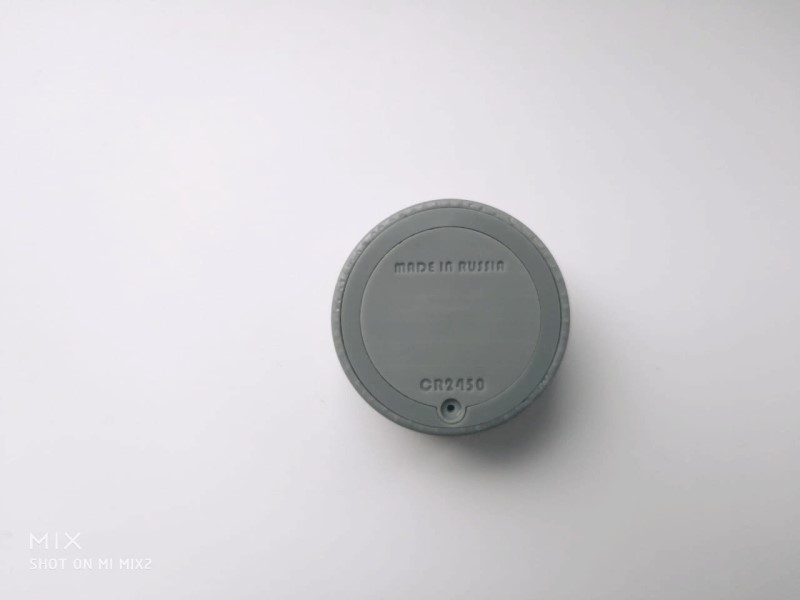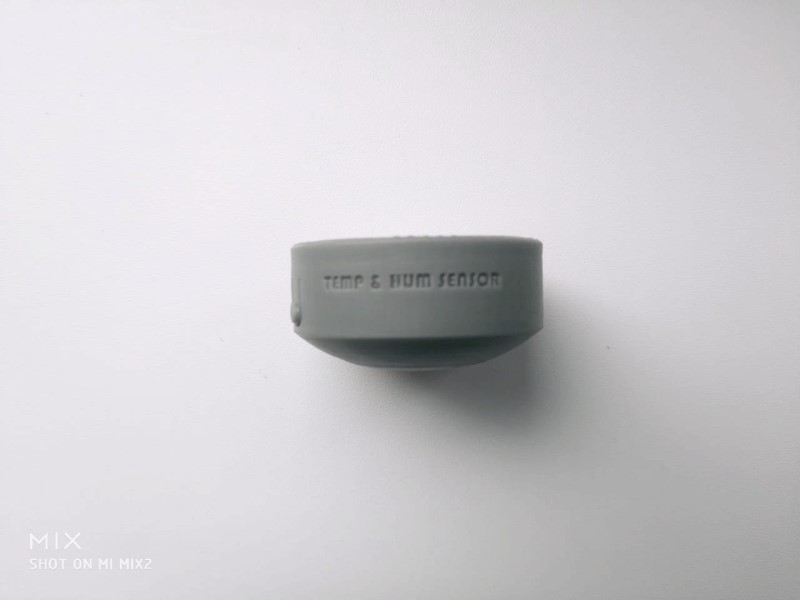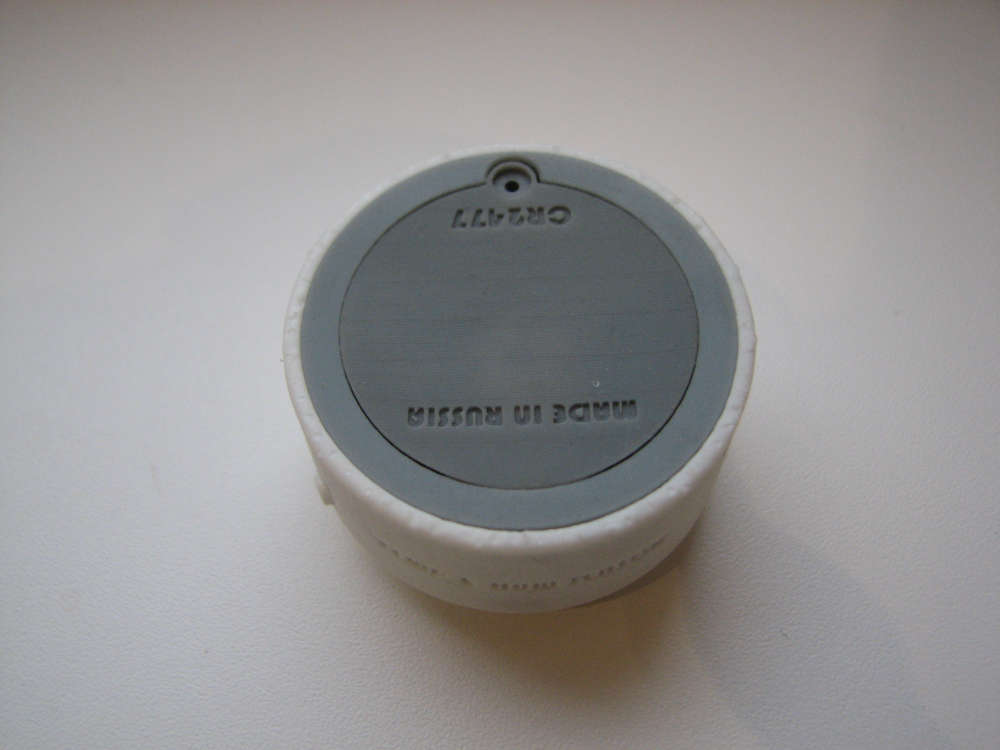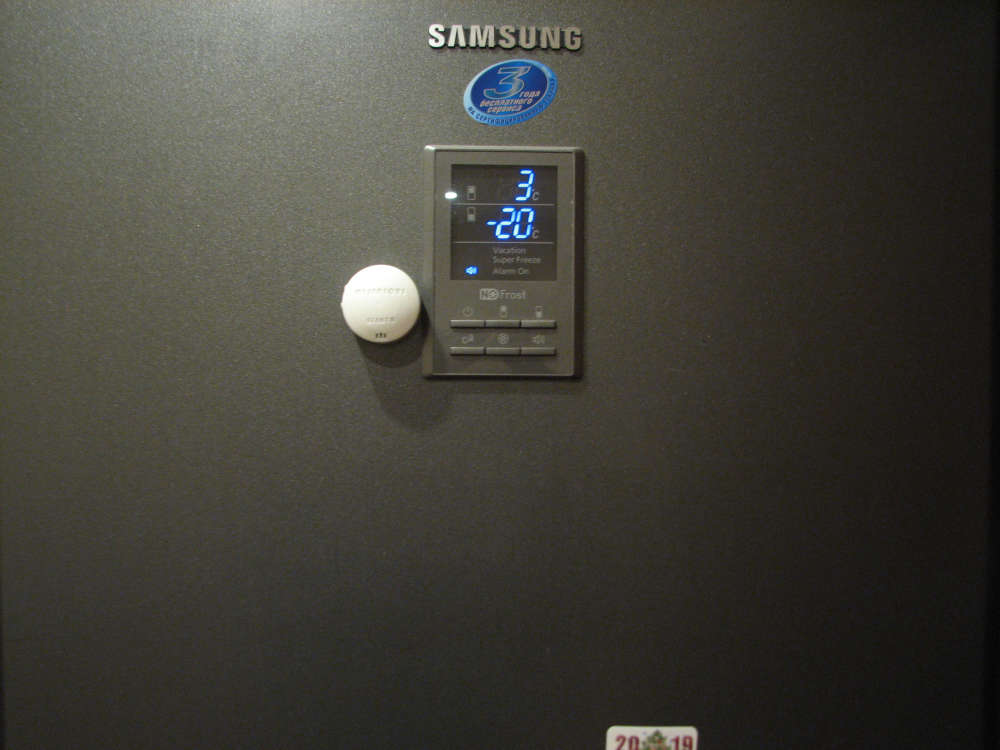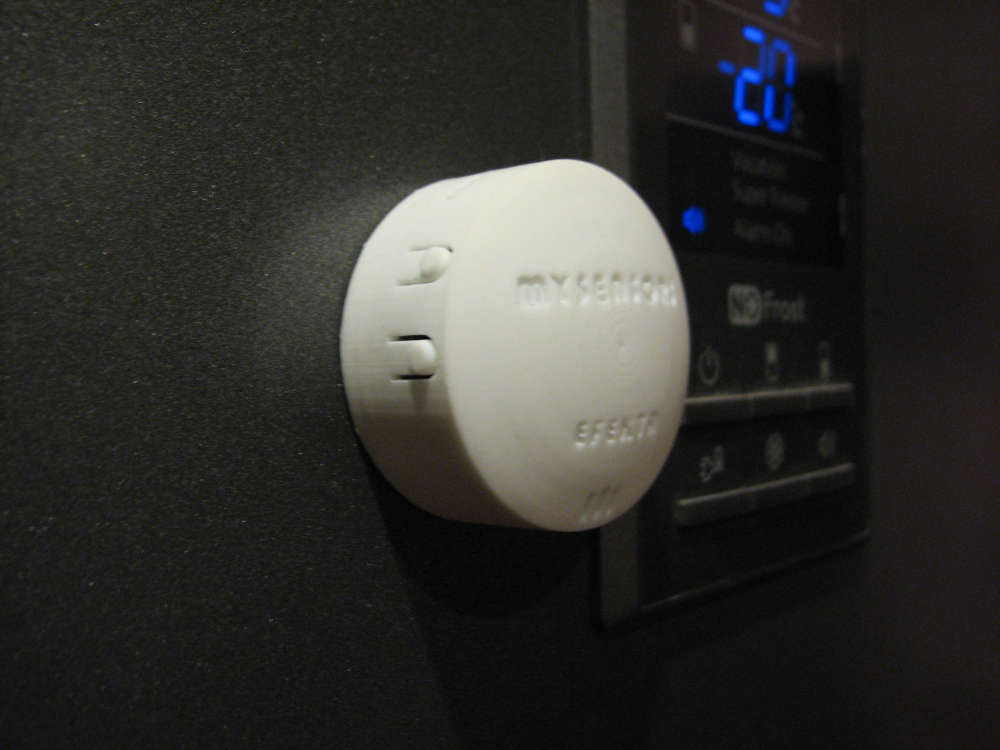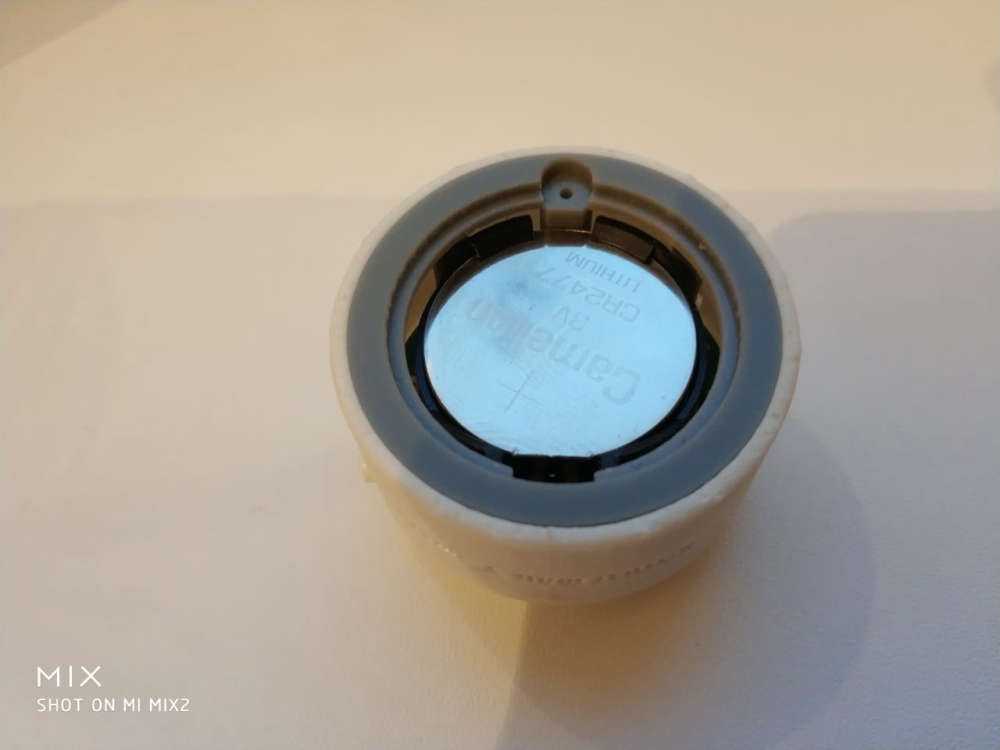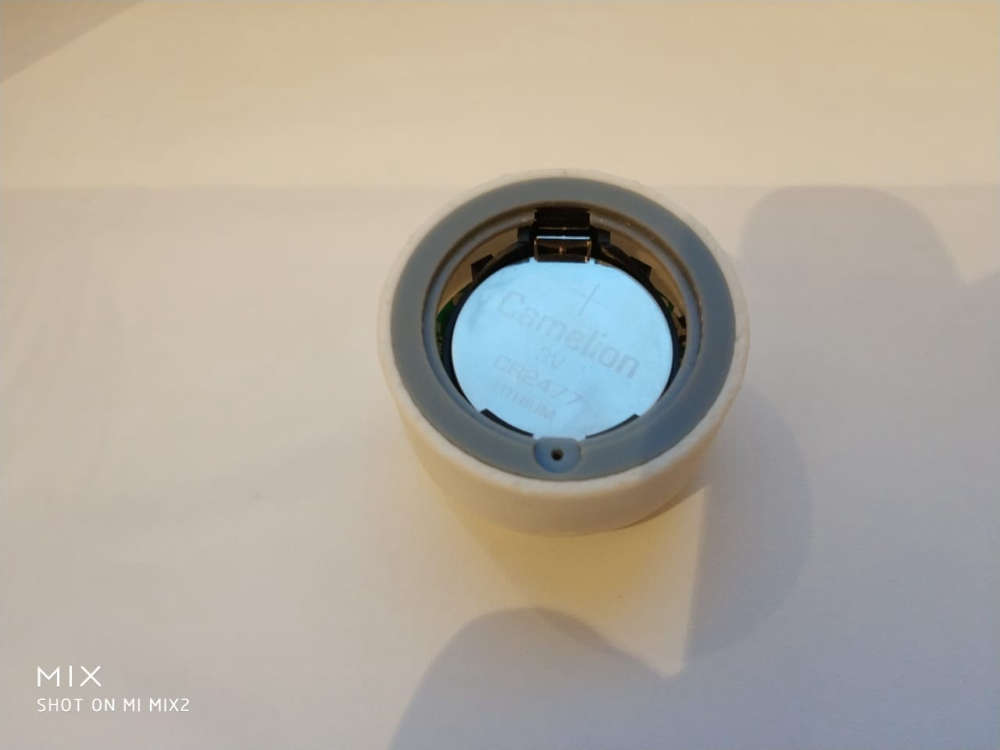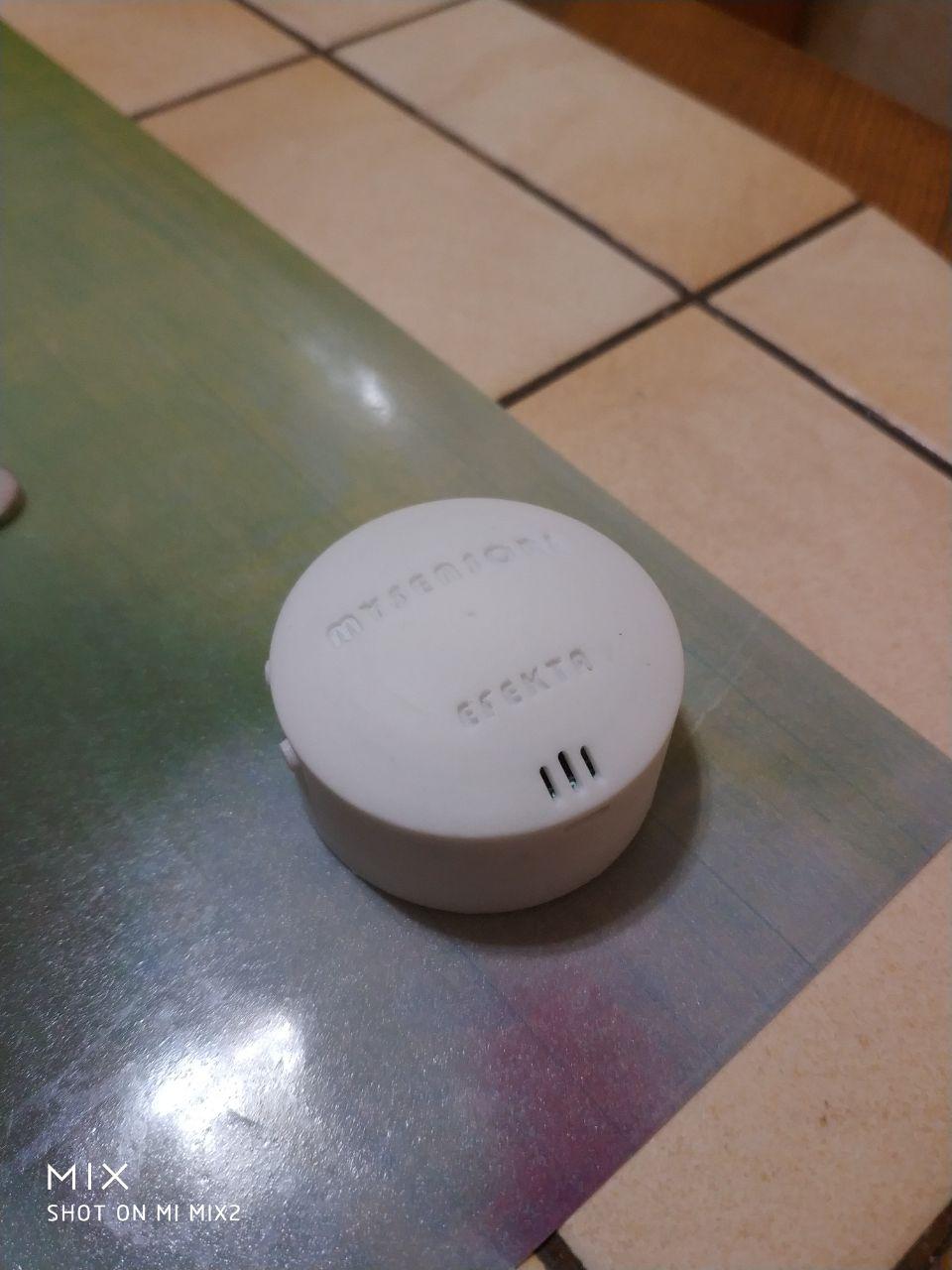💬 EFEKTA Temperature & Humidity mini sensor
-
One button is reset, the second button is multifunctional. Depends on how many seconds you hold this button. In my program, I use this button to connect via air to other devices and to transfer the device to receive settings (data transmission intervals, led operation and so on). This button is not used in my test sketch
An example of direct connection between devices (without the use of controllers, without changing the SOFTWARE) is my development, which is in the testing stage is the controller of Underfloor heating. This device controls the five contours of the Underfloor heating. Up to 10 such temperature sensors can be connected to this device simply by pressing the connect button. Maximum of two temperature sensors per one relay channel.
Examples of direct connections (micro-networks) based on MySensors can be found here:
-
-
Is it possible for you to share the sketch as it has been removed from the project presentation because of the rules of the website?
-
Is it possible for you to share the sketch as it has been removed from the project presentation because of the rules of the website?
@jeremushka said in 💬 EFEKTA Temperature & Humidity mini sensor:
Is it possible for you to share the sketch as it has been removed from the project presentation because of the rules of the website?
-
-
@jeremushka said in 💬 EFEKTA Temperature & Humidity mini sensor:
Is it possible for you to share the sketch as it has been removed from the project presentation because of the rules of the website?
@berkseo said in 💬 EFEKTA Temperature & Humidity mini sensor:
@jeremushka said in 💬 EFEKTA Temperature & Humidity mini sensor:
Is it possible for you to share the sketch as it has been removed from the project presentation because of the rules of the website?
Thank you very much. Great casing, it is very discret. professional design. congratulations :)
-
@berkseo said in 💬 EFEKTA Temperature & Humidity mini sensor:
@jeremushka said in 💬 EFEKTA Temperature & Humidity mini sensor:
Is it possible for you to share the sketch as it has been removed from the project presentation because of the rules of the website?
Thank you very much. Great casing, it is very discret. professional design. congratulations :)
Thanks. This is actually my first experience in designing sensor housings. I've never done 3D modeling before. A month and a half ago I started watching a video on YouTube on modeling in SolidWorks. With printing on a 3D printer is also my first experience.
-
How did you produce such a nice result? The text and buttons are very detailed.
Is it SLA printing?
-
How did you produce such a nice result? The text and buttons are very detailed.
Is it SLA printing?
@joerideman said in 💬 EFEKTA Temperature & Humidity mini sensor:
How did you produce such a nice result? The text and buttons are very detailed.
Is it SLA printing?Yes it is an SLA. One day, watching again another video on YouTube about how people make models of characters on such printers(with high detail), at some point I realized that this technology is very well suited for prototyping cases for miniature devices. It is possible to obtain an almost industrial quality of the final product. ...Then I bought it :) ...And I did.
These are attempts to repeat the model on the FDM printer(two different people, on two different printers):


-
Nice to see the difference.
-
Do you solder the components on the PCB by yourself and you launch the whole process in factory? Because soldering such kind of chip ATMEGA328_QFN32 is not that easy or need a microscope i think.
-
Do you solder the components on the PCB by yourself and you launch the whole process in factory? Because soldering such kind of chip ATMEGA328_QFN32 is not that easy or need a microscope i think.
@jeremushka said in 💬 EFEKTA Temperature & Humidity mini sensor:
Do you solder the components on the PCB by yourself and you launch the whole process in factory? Because soldering such kind of chip ATMEGA328_QFN32 is not that easy or need a microscope i think.
I myself solder pcb. These small 328s are easier and faster to solder than the large 328s. Because you don’t need to solder each contact. Positioning, fixing, heating with a soldering dryer, elimination of excess solder with the help of a soldering iron.
-
-
Hello Berk,
Do you still have PCB board available for sales for this project or for the upgraded one with NRF5 ?

